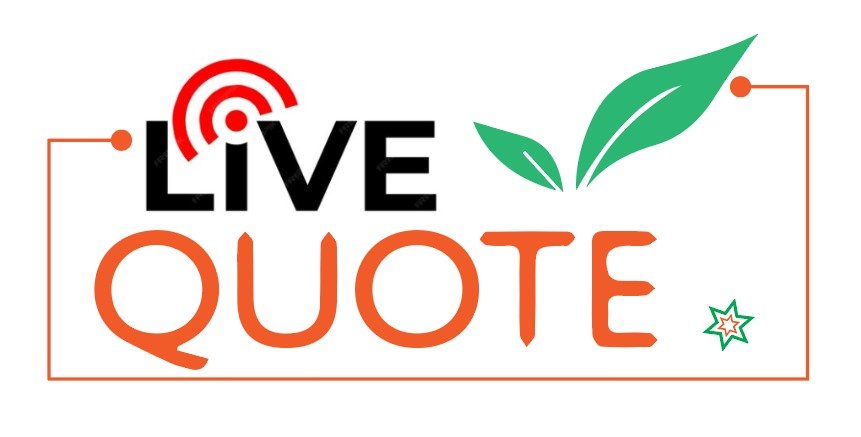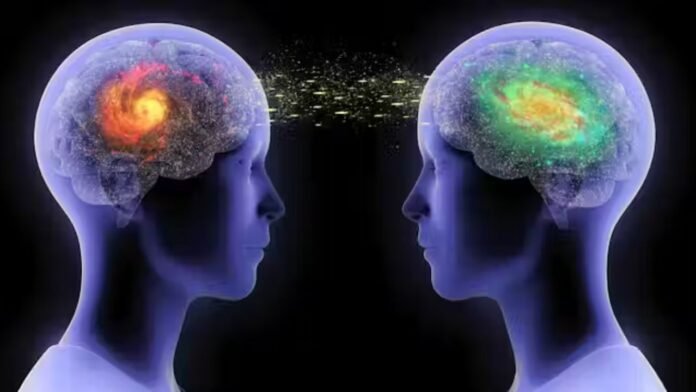In the vast expanse of human perception lies a fascinating phenomenon: the tendency to see what we want to see.
Whether it’s interpreting ambiguous shapes, perceiving patterns in randomness, or understanding the motivations of others, our minds often craft narratives that align with our desires, beliefs, and expectations.
This article delves into the psychological underpinnings of this phenomenon, exploring its implications in various aspects of life, from decision-making to interpersonal relationships.
The Power of Perception
Perception is the lens through which we interpret the world around us. However, it is not merely a passive process of absorbing sensory input; rather, it is heavily influenced by our cognitive biases, emotions, and past experiences.
Psychologists have long studied how these factors shape our perception, leading to intriguing insights into the human psyche.
One prominent example is the concept of confirmation bias—the tendency to seek out, interpret, and remember information that confirms our preexisting beliefs while disregarding contradictory evidence.
This cognitive shortcut can profoundly impact decision-making, as individuals selectively attend to information that supports their viewpoints, reinforcing their convictions and making it difficult to consider alternative perspectives.
The Illusion of Objectivity
Despite our bes efforts to remain objective, our perceptions are often colored by subjective factors. This is evident in various domains, including politics, religion, and even science, where personal biases can influence the interpretation of data and findings.
For instance, researchers may inadvertently cherry-pick data that aligns with their hypotheses, leading to skewed results and flawed conclusions.
Moreover, the human tendency to anthropomorphize—attributing human-like qualities to non-human entities—further illustrates our propensity to see what we want to see.
From assigning emotions to animals to perceiving faces in inanimate objects, we often impose our cognitive frameworks onto the world, imbuing it with meaning and significance.
The Role of Expectations
Expectations play a crucial role in shaping our perceptions, as they act as mental filters that influence what we notice and how we interpret events. Psychologists have conducted numerous studies demonstrating the power of expectations in shaping behavior and experiences.
For example, the placebo effect—an improvement in symptoms solely due to the belief that one is receiving treatment—underscores the profound impact of expectations on health outcomes.
Similarly, the phenomenon of self-fulfilling prophecies highlights how our expectations can influence the behavior of others.
When we anticipate a certain outcome, we may unwittingly behave in ways that elicit responses consistent with our expectations, thereby confirming our initial beliefs. This recursive process reinforces the notion that we often see what we expect to see, whether it’s in ourselves or others.
Emotional Influences on Perception
Emotions exert a powerful influence on perception, coloring our experiences and shaping our interpretations of events. Positive emotions, such as joy and excitement, can enhance our perception of the world, making us more attuned to opportunities and rewards.
Conversely, negative emotions, such as fear and anxiety, can narrow our focus, leading us to perceive threats and dangers more readily.
Furthermore, emotions can bias our perceptions in social contexts, influencing how we perceive others’ intentions and motivations.
For example, individuals in romantic relationships may interpret ambiguous behaviors from their partners in ways that align with their feelings of love or insecurity, shaping their perceptions of the relationship dynamics.
Cultural and Societal Influences
Cultural and societal norms also play a significant role in shaping our perceptions, influencing what we deem acceptable, desirable, or meaningful.
From gender roles to cultural traditions, our collective beliefs and values shape the lens through which we view the world, reinforcing certain narratives while marginalizing others.
Moreover, media representations and societal stereotypes can further perpetuate biased perceptions, leading to misconceptions and prejudices. For instance, the portrayal of certain racial or ethnic groups in the media can influence how they are perceived by the broader society, perpetuating stereotypes and biases.
Overcoming Biased Perception
While the tendency to see what we want to see is deeply ingrained in human cognition, there are strategies we can employ to mitigate its effects and foster more objective perception.
One approach is to cultivate mindfulness—the practice of nonjudgmental awareness of the present moment—which can help us observe our thoughts and perceptions without undue influence from biases or preconceptions.
Additionally, seeking out diverse perspectives and engaging in critical thinking can help broaden our understanding of complex issues and challenge our existing beliefs. By actively questioning our assumptions and considering alternative viewpoints, we can become more discerning in our perceptions and less susceptible to cognitive biases.
Furthermore, fostering empathy and compassion towards others can help mitigate the impact of stereotypes and prejudices, allowing us to see beyond surface-level differences and recognize our shared humanity. By cultivating a mindset of openness and curiosity, we can cultivate more nuanced and empathetic perceptions of the world around us.
Conclusion
The human propensity to see what we want to see is a fascinating aspect of cognition that reflects the complex interplay between perception, cognition, and emotion.
From confirmation bias to the placebo effect, our perceptions are shaped by a myriad of factors that influence how we interpret the world and navigate our social interactions.
By acknowledging the role of biases and expectations in shaping our perceptions, we can strive to cultivate a more objective and empathetic understanding of the world around us.
Through mindfulness, critical thinking, and empathy, we can transcend our inherent biases and embrace a more nuanced and inclusive perspective—one that celebrates the richness and diversity of human experience.Comment here.


